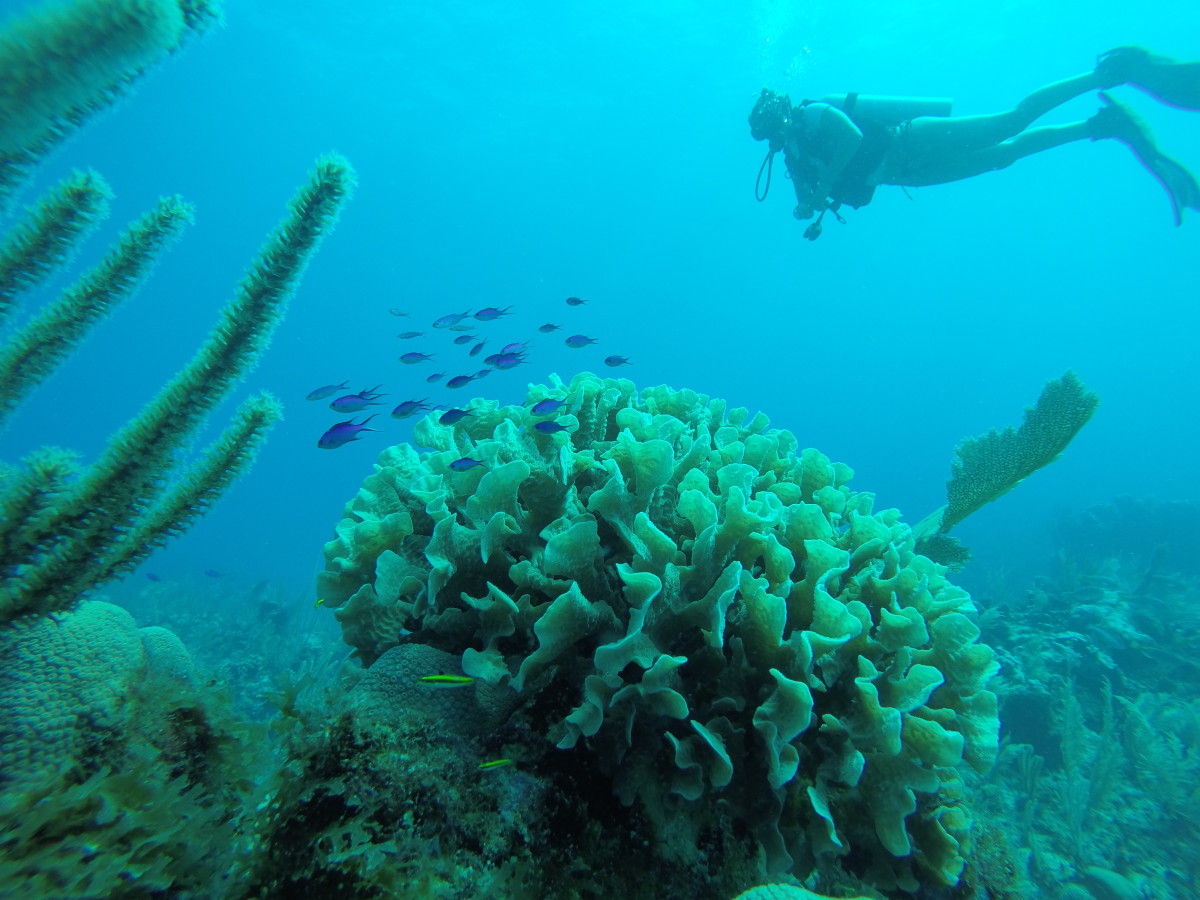

Written by and Photos Courtesy of Laura Michie
This summer in Mexico we had some big projects to complete, but with a lot of hard working volunteers, some dedicated researchers and a huge amount of fun we managed to finish! We are situated on the east coast of the Yucatán Peninsula in the small town of Akumal. The research base is located next to a highly populated tourist area; the beaches are filled with thousands of tourists every day, which is very different to the isolation of many research stations. The reason for all the tourism is mainly due to the turtles that live here, which is also our main research focus. The turtles, mostly Chelonia mydas (green sea turtle) with some Caretta caretta (loggerhead sea turtle) feed on the sea grass in the bay, they come in large numbers and therefore attract a lot of attention from tourists.

We worked closely with the Centro Ecologico Akumal (CEA), whose mission is to produce and promote ecosystem management in Akumal. The main projects we undertook were on; turtle behaviour, turtle nesting, tourist/turtle interactions, reef and seagrass monitoring, damselfish behaviour and water quality. The turtle and tourism interaction research is being carried out to assess what effect the increasing number of tourists is having on the behaviour of the sea turtles in the bay. The turtles attract a lot of attention which is beginning to have an effect on their behaviour and is highly detrimental to their health. Sea turtle nesting is prevalent in Akumal and the surrounding area and tourism is suspected to have a large impact upon both nesting females and hatchlings. Our research looks at nest site preferences of both green and loggerhead females and linking this to survivorship and mean nest temperature, which determines likely sex ratios of hatchlings.

Our monitoring program includes diving surveys to assess reef health, fish and sea urchin abundance and coral recruit numbers. Seagrass monitoring was carried out across the entirety of the bay to determine the cover of both sea grass and algae species. Seagrass is a vital component in shallow water reef systems and is invaluable as a food source for juvenile turtles in Akumal bay. All marine ecosystems are linked and in a delicate balance with one another. This interdependence can be seen in the species interactions in any given habitat. Our overall aim here, as with all conservation research, is to use our data to make a difference to these endangered communities.
“Never doubt that a small group of thoughtful committed citizens can change the world: indeed it is the only thing that ever has” Margaret Mead
Social Media Links